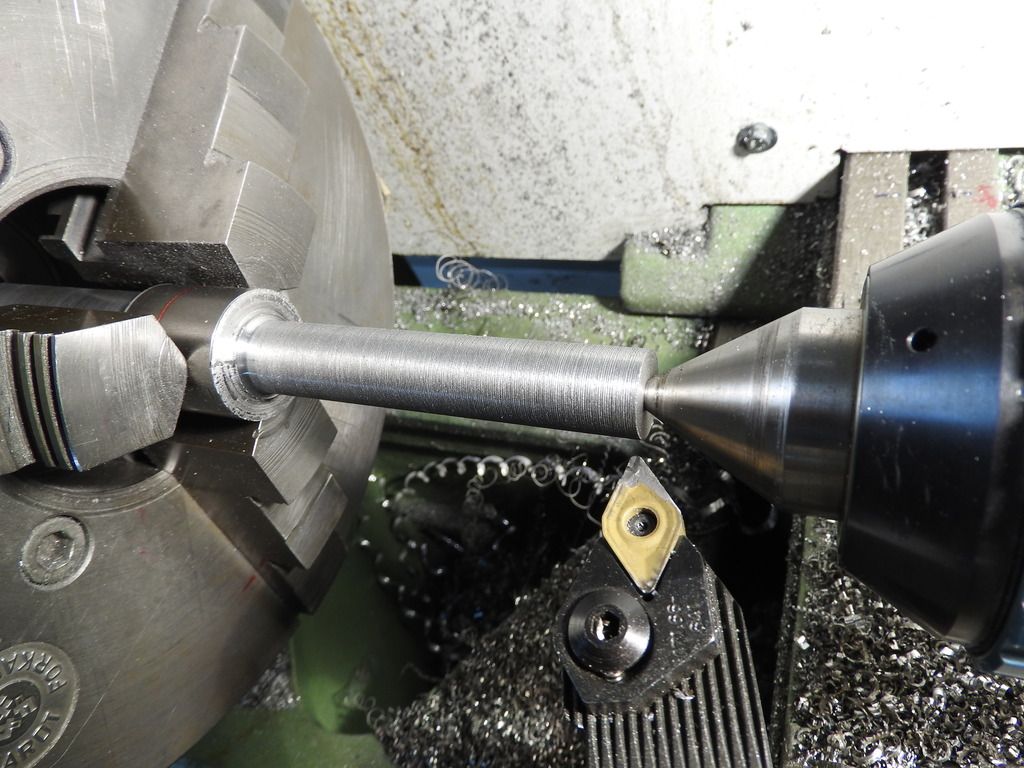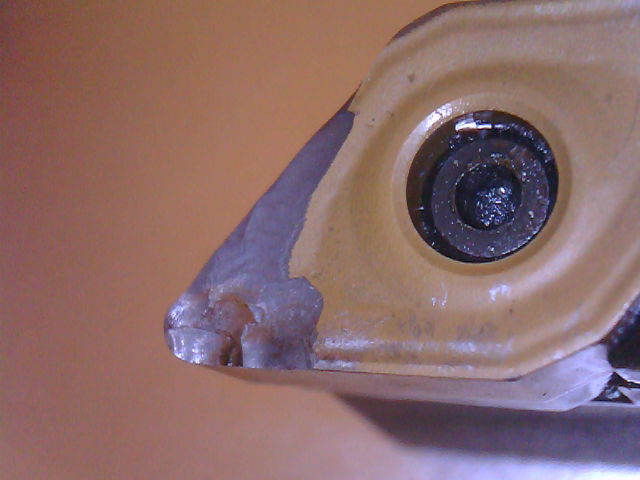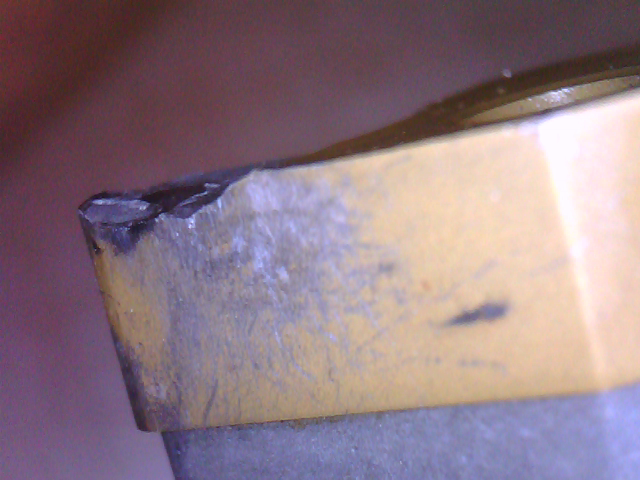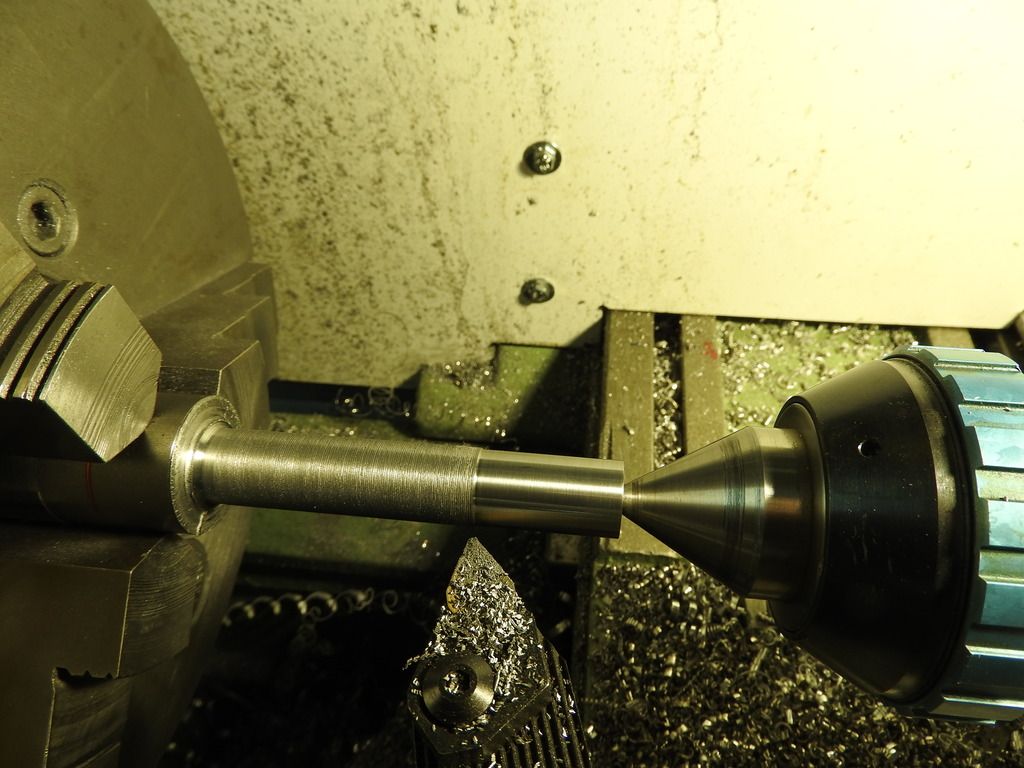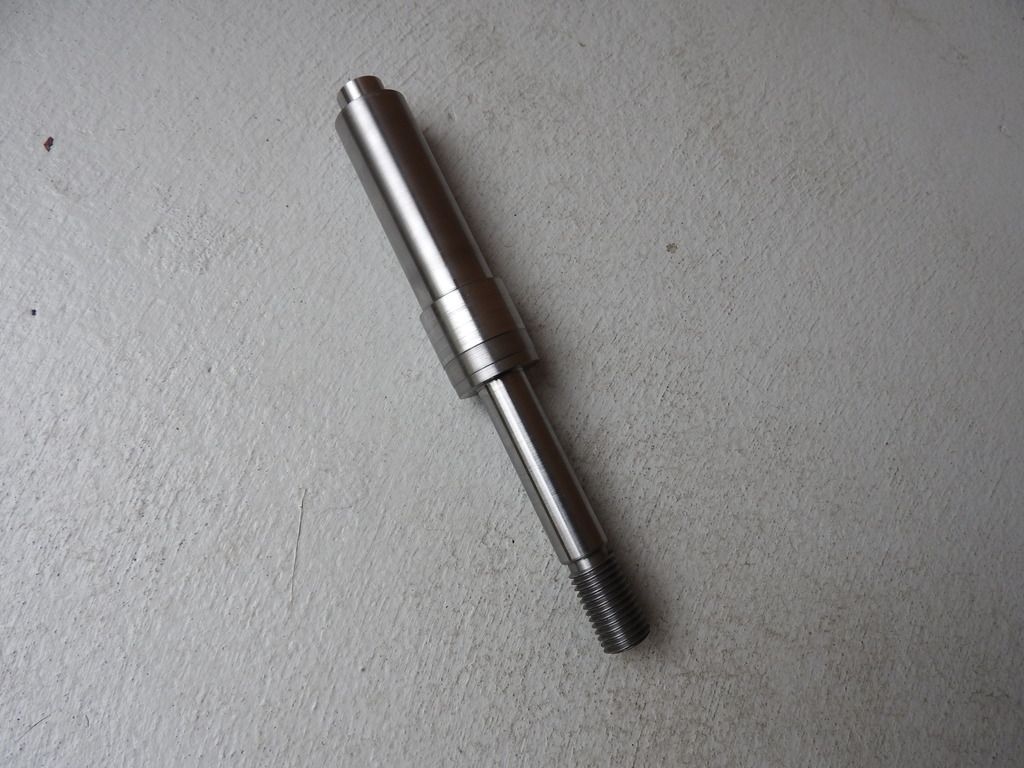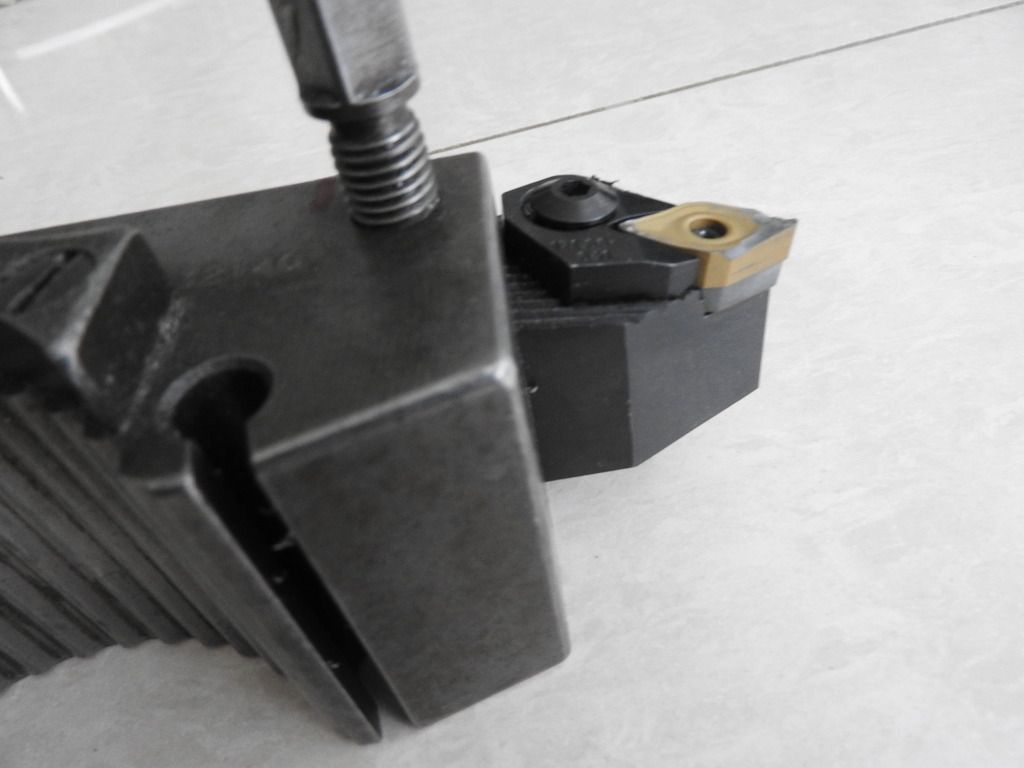I really don’t want to be rude or aggressive or anything but there is a handful of things you seem not to know.
One of them is: no Q-Tips. Why? The fine cotton linters easily get caught on burrs, even on sharp edges and they collect debris that then sits under the insert. Clean with toothbrush and pressure air. Fingers must be clean, too. Tighten insert clamp firmly but not with brute force. Apply a little grease to threads, always to the moving thread.
Two: The smaller the corner angle, the weaker the insert. I have broken many V types and the D type comes next. 2 to 3 mm cuts are simply too coarse for a D insert. With a C, a W, an S or a R you can go that deep.
Three: As has been said, chip breaking form, coatings, and hardness of inserts should be known. As long as you go guessing you will have inconveniences like this. I once had a job as CNC turner in a place where I found C inserts in drawers for estimated 6000 Francs, one type only. Nobody cared about technical details of tools. Before buying inserts one should know what material is machined at what speed and feed. Then one reads what a manufacturer offers in the respective field. I had to turn quite different steels there, from simple structural to Inconel alloys.
Four: Segregate finishing from roughing. Use sturdier tools for roughing, inserts with bigger corner radii such as 0.8 mm or 1 mm, and sharper tools for two equal passes. Thinner chip, greater speed, slow feed rate. Wiper inserts have the so-called Kolessow-Ryshkow bevel. They produce a smooth surface and last longer. Skiving with an inclined HS bit works wonders.
Five: Switch to HS, if you cant’ or don’t want wo speed up your Reiden. Carbide inserts shouldn’t be used at less than 80 m/min. Calculate spindle speed from velocity of cut in mm divided by circumference of cut. V[SUB]c[/SUB] can be taken from tabellae the insert manufacturers publish. Depending on work size and coolant conditions one can cut mild steels at up to 300 m/min and more. With HS tools the limit is at 42 m/min in free machining steel.
